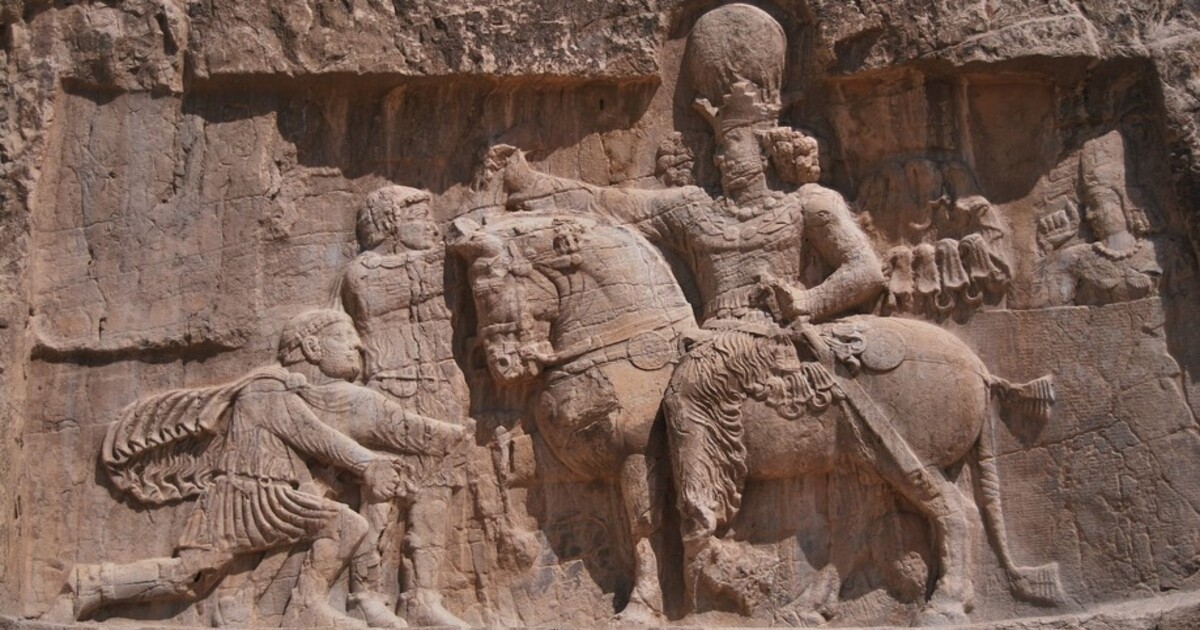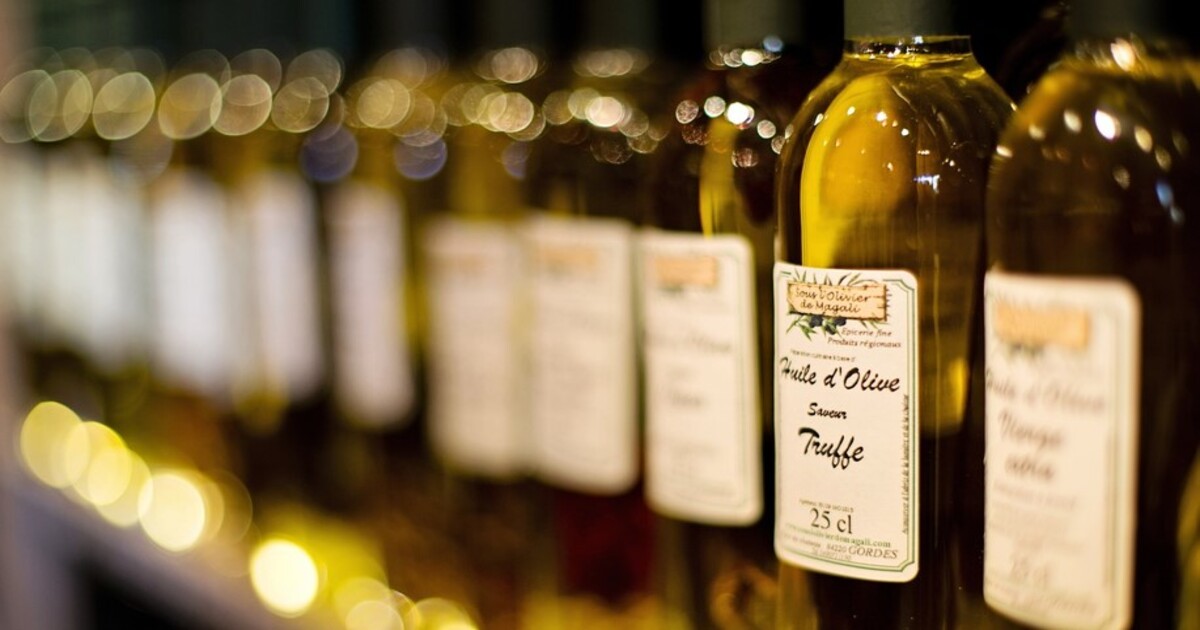Iran in Context
Modern Iran’s roots go back to one of the world’s most ancient civilizations. How does it compare to the contemporary Middle East?
September 3, 2024

Iran is one of the oldest nations in the world. The country's first great city, Susa, was built on the central plateau around 3200 B.C.
Iran is the 17th-biggest state in the world and the second-largest nation in the Middle East with an area of 1,648,195 km2. Saudi Arabia is the largest country in Middle East with an area of 2,149,690 km2. Egypt comes in third with an area of 1,001,450 km2.
Iran has a population of approximately 90 million. This compares to Egypt (104 million) and Saudi Arabia (32 million).
Iran’s population is predominantly composed of Shia Muslims. It is estimated that there are between 154 million and 200 million Shia Muslims in the world today.
Globally, an overwhelming majority of Muslims are Sunnis. Sunnis make up 90% or more of the populations of Egypt, Jordan and Saudi Arabia.
Iran holds the second-biggest oil reserves in the Middle East, at approximately 155 thousand million barrels. Saudi Arabia is number one with approximately 297 thousand million barrels. Iraq ranks third at approximately 147 thousand million barrels.
Iran occupies the world’s most strategic chokepoint location, the Strait of Hormuz. Over one-fourth of the world’s total seaborne-traded oil passes through it annually.
Iran pursues a controversial nuclear program. Its overall stockpile of enriched uranium stands at approximately 5,751 kilograms. The only Middle Eastern country thought to possess nuclear weapons is Israel.
Sources: Statista, BBC, US Energy Information Administration, PEW Research, World Atlas, World Data, National Geographic, NS Energy, IAEA
Takeaways
Modern Iran's roots go back to one of the world's most ancient civilizations. How does it compare to the contemporary Middle East?
